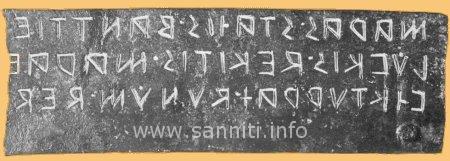Many of nations had been able to produce and preserve advanced cultures even through a literature orally transmitted. However only what is left in writing renders possible the development of an economic society able to address the complexities of a civil life.
The language of the Samnites was called osco whose people preceded those living in the italian center-south. Such an idiom evolved from a type already existing in loco, shaped within the times by those people that made use of it and at last ending with the roman supremacy over the entire peninsula. | | 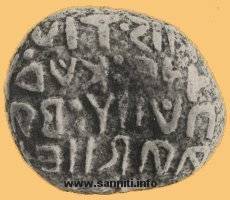 |
It became a self - contained language with its own strict rules of spelling and grammar, officially used throughout most of all Italy, a rather big area indeed. Around the IV century b.C. it expressed better than its latin's counterpart. This homogenous oscan idiom was universally accepted so that either the Samnites or the Lucanis and the Mamertinis, that propagated in the northern Sicily of grecian discendence, were able to understand it and communicate with. Generally speaking this language was similar to the latin's. Declination and conjugation were similar enough and generally, gender, sound and tenses were used in the same way. Same analogy in the syntax. However there was a difference in phonology, morphology and orthography. |
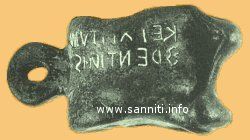 | | Since the large usage it is relevant to acknowledge its own importance even though any reference left in writings was not found until 450 b.C. Only after the Campani's installation around the end of the V century, resulting in the greeks' influence, the Samnites started using written expressions. They utilized the etruscan alphabet adapting its phonetics and keeping the way to read and write from right to left, being able in this way to transform the oscan idiom in a written as well as a spoken expression. |
The same etruscan alphabet was derived from the western greek farmers called Cuman's Calcidesi around the 650 century b.C. It was then that the Samnites started transacting official business in writing, for they drew treaties written upon animals' hides, or wrote on clay tablets or engraved words upon temple's stones. |
Unfortunately we did not find any texts written in oscan except a few fragments and many token-proofs of roman writers and other literary men. We could find some written specimens on religious texts for instance the Tablet of Agnone, the Abellano Boundary Stone and the Tabula Bantina.
Proof of oscan literature however is found instead on the Fabulae Atellanae that became well known among the Romans. With the exception of certain findings in the roman theatre, showing how the satire was interpreted, nothing else has been found. By the same token we do not know of any samnium' writers, except for the testimony left by the roman historians. Authors like Gavius Ponzio and his father, both of political and military lineage, that were cited by Livius and some others. Yet nothing has been found of their writings.
The reason? The Romans destroyed everything of the people they hated so much ! | |  |
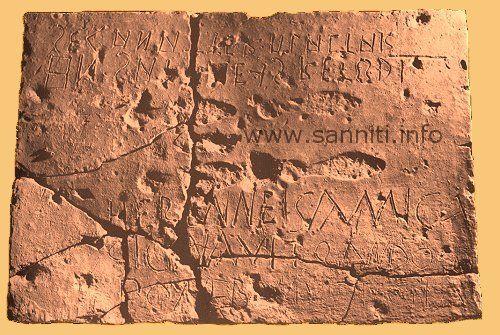 | TERRACOTTA TILE WITH ISCRIPTIONS
IN OSCAN AND LATIN
(from Pietrabbondante)
Relevant to the cover of roof of Temple "B", impressed on raw tile:
| Oscan: | hn. sattiežs detfri
seganatted. plavtad | | | | Latin: | Herenneis Amica
signavit. qando
ponebamus. tegila |
Oscan iscription: "Detfri, slave of Herennio Sattio, signed with her foot" or with her shoe (as a matter of fact there are two footprints of shoes in the tile).
Latin iscription: "Amica, slave of Herennio, signed when put the tiles" (to desiccate) - two footprints of shoes.
|
GRAPHEMES OF OSCAN LANGUAGE | | | 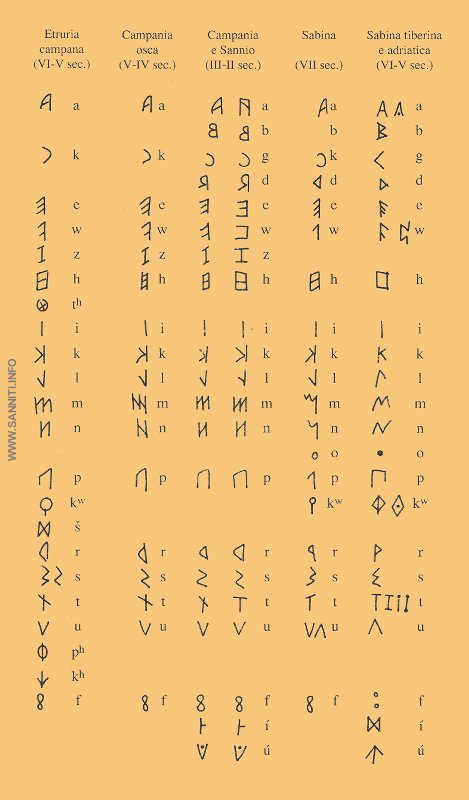 |
 | History of Samnites and Samnium, the ancient people of Italy - Davide Monaco - Isernia 2001 |  |
|

